Michael Hörenberg breaks Spanish Enigma message
On my list of unsolved World War II ciphers was also a Spanish Enigma message. Thanks to blog reader Michael Hörenberg, I was now able to delete it.
My three-part series of articles on unsolved ciphers from World War II was a success for me. Thanks to numerous reader comments, I was able to expand and improve my initially rather provisional list. On this occasion, Cipherbrain reader Armin Krauß solved the diary of soldier Emil Klein, which I could take off the list.
By the way, I want to create a similar list for the First World War soon. If anyone has a tip, …
A Spanish Enigma message
But back to my WW2 list. Michael Hörenberg has now also made sure that it has shrunk: He has cracked a Spanish Enigma message.
The Enigma message in question is described in an article written in Spanish by José Ramón Soler, which appeared in the newspaper Diario de Ibiza in 2019. The article reports on Manuel Espinosa Rodríguez, an intelligence officer who fought on the side of Francisco Franco during the Spanish Civil War (1936-1939). He organized an important spy ring that, in particular, provided information on ships that supplied the enemy of the war (the “Republicans”) and that could thus be captured or destroyed. Rodríguez also remained in office during World War II.
Franco cooperated with Nazi Germany and with Italy, which kept Rodríguez busy in those countries. The article shows the following undated Enigma radio message, presumably received by a Spanish naval attaché from Italy:
Quelle/Source; Archivo j. r. s.Unfortunately, it is not clear to me when this message was sent and what relation it had to Espinosa. Perhaps a reader can say more about it.
How Michael Hörenberg cracked the message
Michael Hörenberg solved this Enigma message. The following plaintext came to light:
RADIOSDEBENREGRESARAZZESPANAZZTANPRONTOLESSEAPOSIBLEXCONTESTOSURADIOKKQQTKKDEDIEZACTUALXXX
Michael has kindly provided me with the following report on deciphering:
I knew the news from the article in the Spanish newspaper for some time, but had never really been interested in it because of the lack of information about the machines. After your blog about the news, however, I started to do some research and came across the great article by Frode Weierud about the Spanish Enigma machines.
Reading in was somewhat difficult for me given the wealth of information. But what I realized right away was that the machines don’t have a plug board. This, of course, made things interesting because it would greatly simplify the effort of finding the key. Unfortunately, the article indicated that there must have been a great many different rotor wiring arrangements, only a few of which are known.
Under the picture of the Enigma message in the Spanish article, however, was the information that the message was probably received by the Spanish naval attaché (“Naval Attaché”). In the PDF file about the Spanish machines, on page 24 (Figure 17), where it was about the different rotor wiring, there was the hint that the machines with the serial numbers A1252, K240 and K261 were probably used by the Spanish Naval Attaché. Furthermore, a footnote states that the Italian Navy probably used the same machines and rotors. However, the Italians used six rotors, the Spanish probably only three. And only the wiring of the three Spanish rotors is known.
As I understand it, the navy of Franco’s regime cooperated with the Italians during the Civil War to bring up the cargo ships of the “Republicans” to steal the cargo. The task of the “spy” Manuel Espinosa Rodríguez, the subject of the article, was to set up a spy network (information service). This was to be concerned with scouting the sailing dates and cargo of Republican ships in the Balkans.
After taking a closer look at the message, I thought I saw Spanish plain text under the message. A blog reader named “Me” then provided the translation.
[ESP] “Radios deben regresar a España tan pronto les sea posible. Contesto su radio QQT de diez actual”.
[ENG] “Radios must return to Spain as quickly as possible. I answer your radio QQT at ten today”.
Blog reader Max Baertl contributed further information. For example, that QQT could stand for 115 and that the message probably came from the Italian Navy due to the code group “LRS10”. This made sense, since according to Frode Weierud’s article the two countries had received the same Enigmas.
After I had all the information together, I reprogrammed my Enigma G simulator (Hillclimber) to work with the Spanish machine. Hillclimbing is not necessary here though, as there is no plug board. In the end it is about searching all rotor positions.
Additionally I can specify keywords in my program to search for. This simplified the whole thing, because I didn’t need Spanish bi- and trigrams to find the right place. The coincidence index doesn’t help much here, because the message is too short and also meaningless solutions have a high IC. Keywords were enough because of the Spanish plaintext below the message.
With the finding of the key it could be shown that the message was really encoded on a Spanish Enigma with the rotor wiring already given in Frode Weierud’s paper. Fortunately, the message does not have a forwarding of the slow rotor, so that a search only with the “fast” ring of the right cylinder led quickly to success.
The found key at rotor sequence 213 is only one of many, because there are hundreds of possible combinations due to the twistable 4 rings. The Spanish Enigma machines have an adjustable reversing roller that can be turned like a rotor and its position is part of the key. However, unlike the Enigma G, the UKW is not advanced by the adjacent rotor.
The key found is:
************************************************************************************************
13.02.2021 18:53:27 RESULT No 23 FOUND KEYWORD!!! @:
************************************************************************************************
U U213 WYAO AAAH
IOC:0,05917603 N-Gramm Scoring:0 Plugs:0 Time: 1060,63 s / 18 m
RADIOSDEBENREGRESARAZZESPANAZZTANPRONTOLESSEAPOSIBLEXCONTESTOSURADIOKKQQTKKDEDIEZACTUALXXX
************************************************************************************************
Rotorreihenfolge: U213 (U ist Umkehrwalze)
Rotorstellung: WYAO
Ringstellung: AAAH
The key was found after 18 minutes.
The wiring of the rotors can be seen in this picture:
According to the article about the Spanish Enigmas, the Spaniards made many mistakes when using the Enigma. This is also indicated by the statement of the code breakers from Bletchley Park: “The problem of the Spanish Attachés was highly entertaining throughout, providing an excellent example of how a cypher machine should not be used.” (page 17 below).
The key elements were changed far too seldom and topographical names were chosen as the rotor setting, as can be seen in the following picture. Of course, there is a lot of guessing to be done.
Conclusion
I can only congratulate Michael Hörenberg on this success. Thanks also to Me, Max Baertl and Frode Weierud for their contributions.
It would be interesting to know what the decoded message means. Translated into English it reads: “Radios must return to Spain as quickly as possible. I answer your radio QQT at ten today”. Are any radios to be returned to Spain? Or are radio messages meant? Maybe a reader can say something about this.
If you want to add a comment, you need to add it to the German version here.
Follow @KlausSchmeh
Further reading: Funktioniert der britische Kriegsgefangenen-Code? Ein Selbstversuch
Linkedin: https://www.linkedin.com/groups/13501820
Facebook: https://www.facebook.com/groups/763282653806483/

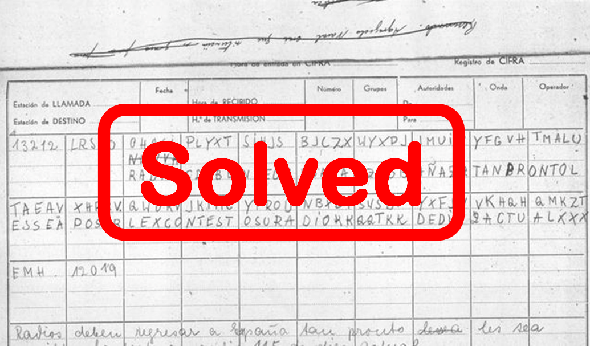
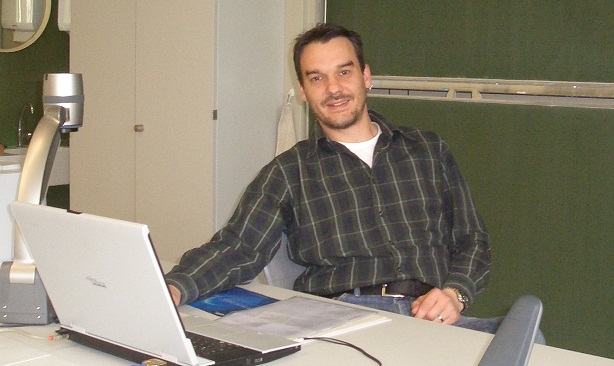
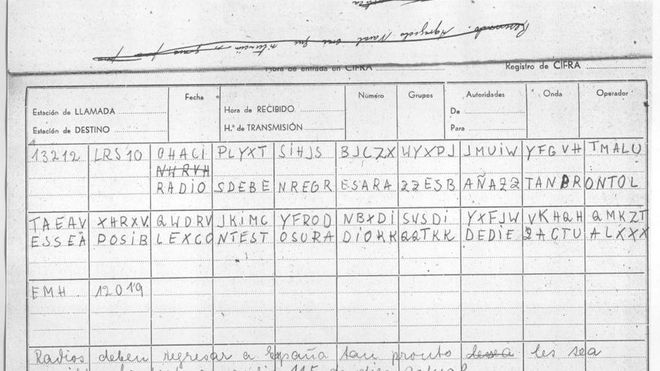
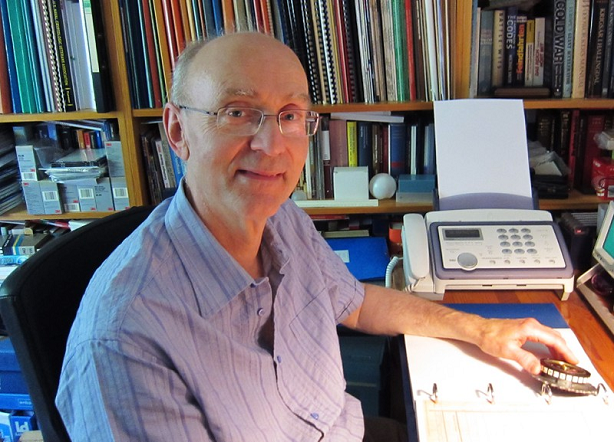

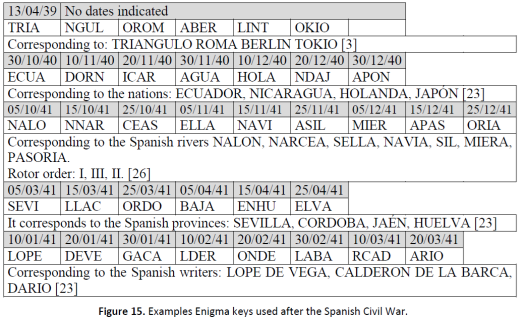

Letzte Kommentare